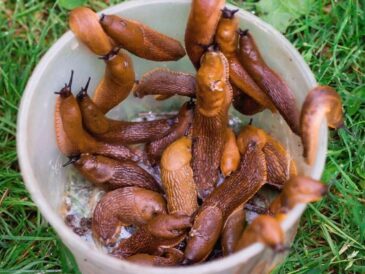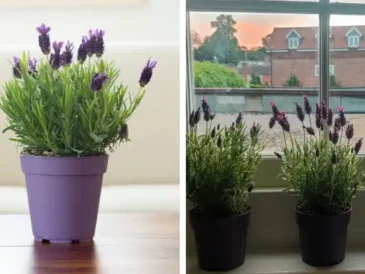Tulips are among the most beloved spring flowers, known for their vibrant colors and elegant form. However, keeping tulips looking healthy and lush can be a challenge, as they often have a relatively short blooming period. Florists, with their extensive knowledge and experience, have developed a few tricks to extend the life and vibrancy of tulips, whether in a garden or a vase. In this article, we’ll explore these expert tips and techniques to ensure your tulips last for months, bringing joy and beauty to your home or garden.
1. Selecting the Right Tulip Bulbs
The journey to lush tulips begins with choosing high-quality bulbs. Florists recommend selecting large, firm bulbs with no signs of mold, damage, or softness. The size of the bulb often correlates with the size and health of the blooms, so investing in top-grade bulbs can make a significant difference. Choose varieties known for their long-lasting qualities, such as Darwin hybrids or Fosteriana tulips, which tend to have sturdy stems and extended bloom periods.
2. Proper Planting Techniques
Tulips thrive in well-draining soil and prefer a sunny location. Here’s how to plant them for optimal growth:
- Timing: Plant tulip bulbs in the fall, around 6 to 8 weeks before the ground freezes. This timing allows them to establish roots before winter.
- Depth and Spacing: Plant the bulbs about 6 to 8 inches deep and space them 4 to 6 inches apart. This depth helps protect them from temperature fluctuations and pests.
- Soil Preparation: Mix in some compost or bulb fertilizer to enrich the soil. Tulips prefer slightly acidic to neutral soil pH.
- Watering: Water the bulbs thoroughly after planting to encourage root growth. After that, they typically do not need much water until spring.
3. Caring for Tulips in the Garden
Once planted, tulips require minimal care, but a few practices can enhance their health and longevity:
- Watering: During the growing season, ensure tulips receive about an inch of water per week, either from rainfall or supplemental watering. Be careful not to overwater, as tulips are susceptible to rot in soggy soil.
- Fertilization: Apply a balanced, slow-release fertilizer in early spring as the shoots begin to emerge. Avoid high-nitrogen fertilizers, as they can encourage excessive leaf growth at the expense of blooms.
- Pest Control: Keep an eye out for pests like aphids and slugs, which can damage the foliage and flowers. Use organic insecticidal soap or diatomaceous earth as needed.
4. Post-Bloom Care
After tulips bloom, proper post-bloom care is crucial for ensuring healthy bulbs for the next season:
- Deadheading: Remove spent flowers promptly to prevent the plant from directing energy into seed production. This helps the bulb conserve nutrients.
- Leave the Leaves: Allow the leaves to remain until they yellow and die back naturally. The foliage photosynthesizes and stores energy in the bulb for next year’s blooms.
- Lifting and Storing Bulbs: In regions with hot summers, consider lifting and storing the bulbs once the foliage has died back. Dry the bulbs in a cool, dry place and store them in a breathable container with good air circulation.




